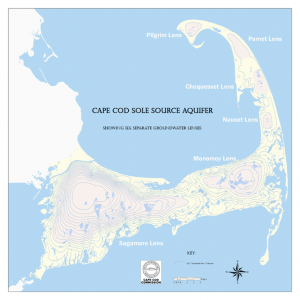 Cape Cod is an iconic New England vacation spot with beautiful beaches, sunny skies, magnificent marshes…and a serious water problem. Cape Cod has experienced contaminated drinking water throughout its history, and problems continue to this day. Pharmaceuticals, consumer product chemicals, and other emerging contaminants can be found in many of the public drinking water wells on Cape Cod. The Cape has 560 miles of coastline, 1,000 kettle-hole ponds, and one sole source aquifer containing two major and four smaller lenses, all in jeopardy.
Cape Cod is an iconic New England vacation spot with beautiful beaches, sunny skies, magnificent marshes…and a serious water problem. Cape Cod has experienced contaminated drinking water throughout its history, and problems continue to this day. Pharmaceuticals, consumer product chemicals, and other emerging contaminants can be found in many of the public drinking water wells on Cape Cod. The Cape has 560 miles of coastline, 1,000 kettle-hole ponds, and one sole source aquifer containing two major and four smaller lenses, all in jeopardy.
Other than Long Pond in Falmouth, all the drinking water on the Cape comes from the underground aquifer. Cape Cod has immensely permeable soil consisting of sand and gravel that make the Cape Cod Aquifer extremely susceptible to contamination. Unlike other parts of Massachusetts where groundwater may take a decade to travel a foot underground, groundwater on the Cape can travel a foot a day. In many parts of the Cape, the water table only sits ten feet or less below the surface, which means that whatever water lands on the ground could potentially contaminate water very quickly.
Septic Issues on the Cape
The most widespread problem facing Cape Cod’s water quality is septic discharge. Eighty-five percent of residents on the Cape use home septic systems to treat wastewater, and everything flushed down the toilet in these systems flows into a septic tank that is typically buried in the backyard. In the tank, solids settle to the bottom, while the liquids discharge into a leach field near the tank. This liquid then trickles down into the ground where, hopefully, it is diluted, filtered, and digested by microorganisms in the soil. It is important to note that these systems do not remove the emerging contaminants. While these systems typically function properly in rural areas, they tend to falter in more populous areas with high groundwater table. With Cape Cod’s population skyrocketing during summer months, coupled with highly permeable soil and a high water table, water contamination can be a huge issue.
The Environmental Side of the Problem
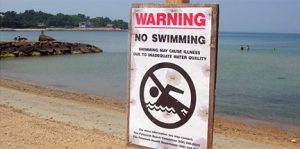
Besides the obvious human health risks associated with contaminated water from septic systems, the implications of contamination have taken a toll on Cape Cod’s economy and environment. The excess nitrogen and phosphorous in septic discharge, along with stormwater runoff, have created toxic algae blooms in many lakes and along the coastline. These blooms not only smell and look awful, they have caused mass die-offs of fish and are a threat to human health. The Cape has closed off swimming ponds but has not yet seen blooms as severe as Florida’s summertime blue-green algae crisis. Cape Cod’s seasonal economy could be crippled if algae blooms reached the level of those seen in Florida.
Finding a Solution
For over a decade, Cape Cod towns have struggled to solve water contamination problems and restore the health of their estuaries. Many towns developed plans to provide wastewater infrastructure to homes and businesses to restore water quality. Unfortunately, few of these plans have actually been implemented due to their capital costs ranging from $100-$700 million each. The total needed capital investment is over $2 billion for infrastructure better suited for the fluctuating Cape Cod population.
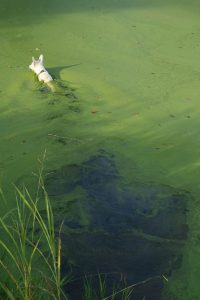
In support of a significant Cape Cod water quality initiative, Governor Charlie Baker certified a plan, developed by the Cape Cod Commission — the regional land use planning, economic development, and regulatory agency created in 1990 to serve the citizens and 15 towns of Barnstable County — and approved by the EPA, called the 208 Plan. The 208 Plan is a watershed-based approach to restore embayment water quality on Cape Cod. The plan recommends strategies, regulatory reforms, and a process for communities to reduce or eliminate excess nitrogen, the primary concern with septic discharge. The plan considers remediation and restoration approaches, in addition to source reduction. The plan also identifies areas with suitable development density for collection systems and wastewater treatment plants and identifies areas best suited for lower cost watershed and embayment technologies.
Another important initiative for Cape Cod’s water supply is the Cape Cod Regional Wastewater Management Plan. The Cape Cod Commission received nearly $3.5 million from the state to implement a wastewater plan that addresses Cape Cod’s water quality issues, and restoring those waters to levels where they are able to meet state water quality standards. The plan represents a framework and set of tools for identifying several solutions for each watershed of the Cape. The goal is to advance decision making toward cleaner water through implementation of sustainable and affordable approaches. The plan is a living document which will be updated frequently to reflect new knowledge, information, decisions, and community input.
To help address stormwater pollution, MassDEP issued the revised General Permit for Small Municipal Separate Storm Sewer Systems (MS4s) this past April, which goes into effect on July 1, 2017. In addition to the six Minimum Control Measures included in the original 2003 Permit, the 2016 Massachusetts MS4 General Permit also specifically includes limits to Total Maximum Daily Loads (TMDLs). TMDLs set pollution limits that represent the maximum amount of pollutant a specific body of water can handle before marine life, wildlife, and/or recreational uses become adversely affected.
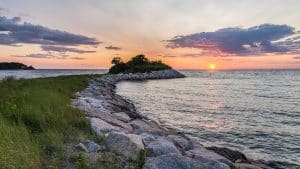 An important stormwater initiative to improve the Cape’s water quality is Project STORM (Stormwater Outreach for Regional Municipalities). Coordinated by the Cape Cod Commission water resources staff, Project STORM is a collaborative effort of Cape Cod towns to pool resources and solutions to mitigate the impacts of stormwater and to educate the general public on effective means to reduce stormwater pollution, including structural and non-structural Best Management Practices (BMPs) as well as Low Impact Development (LID) concepts. The project also provides assistance to towns that must comply with EPA National Pollutant Discharge Elimination System (NPDES) Phase II stormwater regulations.
An important stormwater initiative to improve the Cape’s water quality is Project STORM (Stormwater Outreach for Regional Municipalities). Coordinated by the Cape Cod Commission water resources staff, Project STORM is a collaborative effort of Cape Cod towns to pool resources and solutions to mitigate the impacts of stormwater and to educate the general public on effective means to reduce stormwater pollution, including structural and non-structural Best Management Practices (BMPs) as well as Low Impact Development (LID) concepts. The project also provides assistance to towns that must comply with EPA National Pollutant Discharge Elimination System (NPDES) Phase II stormwater regulations.
In Conclusion
Cape Cod is faced with a very unique and challenging water problem. While there is no go-to solution to Cape Cod’s water troubles, communities and government are finally working together to fund and plan wastewater improvements. Through collaboration and studies, Cape Cod communities can now put plans in place for collection systems, additional wastewater treatment facilities, and all around best practices for preserving their local waterways. Protecting Cape Cod’s groundwater is critical to the environmental and economic health of the Cape. It is also a crucial step to ensure that future generations are able to enjoy the same endless coastlines, beautiful skies, sandy beaches, and memorable vacations that have made Cape Cod a beloved summer destination since the 19th century.


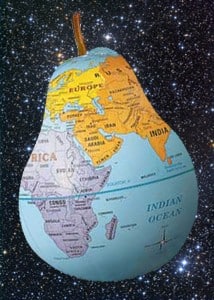
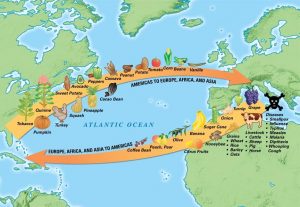
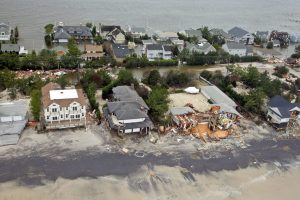
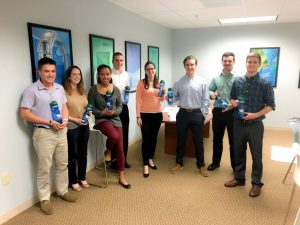

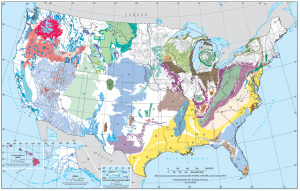

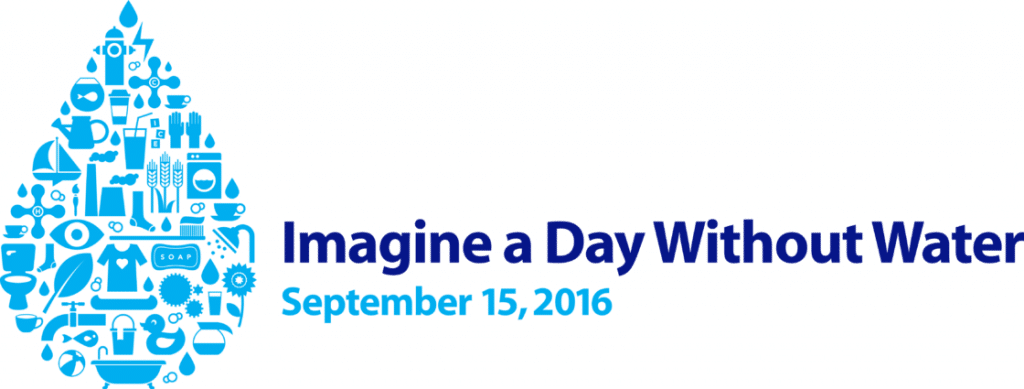
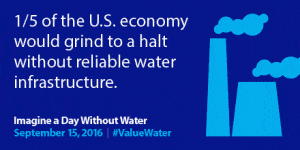 Imagine a day without water. Nearly every single thing we do is reliant on water. Right at the start of our day, we would not be able to use the bathroom, take a shower, brush our teeth, or make a cup of coffee. There would be no cleaning dishes, mopping floors, or cooking food. Water is something we use constantly throughout the day without even thinking about it, and has therefore become something we take for granted. For that reason, Imagine a Day Without Water was first introduced in 2015 in order to bring awareness to the value of water.
Imagine a day without water. Nearly every single thing we do is reliant on water. Right at the start of our day, we would not be able to use the bathroom, take a shower, brush our teeth, or make a cup of coffee. There would be no cleaning dishes, mopping floors, or cooking food. Water is something we use constantly throughout the day without even thinking about it, and has therefore become something we take for granted. For that reason, Imagine a Day Without Water was first introduced in 2015 in order to bring awareness to the value of water.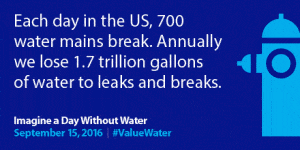 Think about the way water enters our homes and businesses, and of how our wastewater leaves it. There are literally thousands of pipes underground that we never see, and many of these pipes are approaching the end of their useful life. After all, most of our infrastructure was built around the time of World War II, and is now over 70 years old. In fact, much of the infrastructure in New England is well over 100 years old. These pipes and treatment plants are in desperate need of repair and replacement. In addition, our drinking water is treated to meet increasingly stringent regulations that protect our health. Bacteria, toxins, metals, and other harmful substances are all removed from the water prior to it entering the distribution system, and this treatment is expensive. In the same way, the wastewater that leaves our homes and businesses is highly treated and cleaned before it is returned to the environment, protecting public health from the myriad toxins and diseases found in untreated wastewater.
Think about the way water enters our homes and businesses, and of how our wastewater leaves it. There are literally thousands of pipes underground that we never see, and many of these pipes are approaching the end of their useful life. After all, most of our infrastructure was built around the time of World War II, and is now over 70 years old. In fact, much of the infrastructure in New England is well over 100 years old. These pipes and treatment plants are in desperate need of repair and replacement. In addition, our drinking water is treated to meet increasingly stringent regulations that protect our health. Bacteria, toxins, metals, and other harmful substances are all removed from the water prior to it entering the distribution system, and this treatment is expensive. In the same way, the wastewater that leaves our homes and businesses is highly treated and cleaned before it is returned to the environment, protecting public health from the myriad toxins and diseases found in untreated wastewater.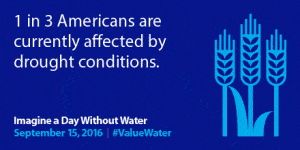 Another challenge faced by utilities today is our growing national population combined with historic drought and climate change. This increased demand in the wake of a dwindling supply is placing extra pressure on our water and wastewater systems, and requires thoughtful, long-term solutions if we are going to be able to meet current and future demands. Add to that the recent focus on our nation’s lead service lines and the fact that they absolutely need to be replaced, and it becomes clear that our water and wastewater systems are in desperate need of attention — and investment.
Another challenge faced by utilities today is our growing national population combined with historic drought and climate change. This increased demand in the wake of a dwindling supply is placing extra pressure on our water and wastewater systems, and requires thoughtful, long-term solutions if we are going to be able to meet current and future demands. Add to that the recent focus on our nation’s lead service lines and the fact that they absolutely need to be replaced, and it becomes clear that our water and wastewater systems are in desperate need of attention — and investment.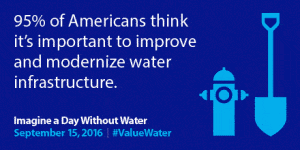 We have reached the point where we must proactively address and invest in our nation’s water and wastewater infrastructure — before it is too late. Imagine a Day Without Water is a day in which we can all spread the word about the value of water by encouraging friends, family, and colleagues to imagine what their lives would be like without water. With proper planning and smart investment from both consumers and our legislators, living without water is something that will never come to fruition in our nation. Join the movement today by participating in Imagine a Day Without Water. For the many no-cost ways in which you can participate, including signing a petition, joining a Thunderclap, and becoming involved on social media, please visit
We have reached the point where we must proactively address and invest in our nation’s water and wastewater infrastructure — before it is too late. Imagine a Day Without Water is a day in which we can all spread the word about the value of water by encouraging friends, family, and colleagues to imagine what their lives would be like without water. With proper planning and smart investment from both consumers and our legislators, living without water is something that will never come to fruition in our nation. Join the movement today by participating in Imagine a Day Without Water. For the many no-cost ways in which you can participate, including signing a petition, joining a Thunderclap, and becoming involved on social media, please visit 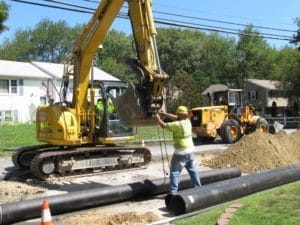
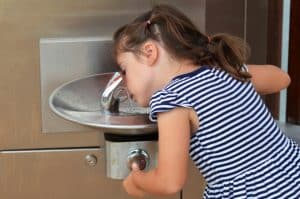 While utilities are working diligently to keep our nation’s water lead-free, public schools have recently come under fire, as schools from cities across the nation — including Boston, Massachusetts; Ithaca, New York; Portland, Oregon; and Tacoma, Washington — have found lead in their drinking water above the EPA’s action level of 15 parts per billion. Surprisingly, this contamination is the result of a legal loophole that many states are looking to close: schools are mandated by the EPA to be connected to a water supply that is regularly tested for lead and other contaminants; however, these utilities are not typically required to actually test the water inside the schools themselves. Considering that the average age of a school in the United States is 44 years old, it should come as no surprise that there are elevated levels of lead in the drinking water of public schools. After all, lead pipes were legal until about 30 years ago, and faucets and fixtures were allowed to contain up to 8% lead until 2014.
While utilities are working diligently to keep our nation’s water lead-free, public schools have recently come under fire, as schools from cities across the nation — including Boston, Massachusetts; Ithaca, New York; Portland, Oregon; and Tacoma, Washington — have found lead in their drinking water above the EPA’s action level of 15 parts per billion. Surprisingly, this contamination is the result of a legal loophole that many states are looking to close: schools are mandated by the EPA to be connected to a water supply that is regularly tested for lead and other contaminants; however, these utilities are not typically required to actually test the water inside the schools themselves. Considering that the average age of a school in the United States is 44 years old, it should come as no surprise that there are elevated levels of lead in the drinking water of public schools. After all, lead pipes were legal until about 30 years ago, and faucets and fixtures were allowed to contain up to 8% lead until 2014. Many states have introduced legislation this year that would require public schools to regularly test their water. Bills on the table in Michigan, New Jersey, North Carolina, and Rhode Island would require regular testing, as would a New York bill that takes it one step further by providing funding for said testing. In addition, the New York bill would require schools to notify parents and to provide an alternate supply of safe drinking water to students if elevated lead levels are found. In Massachusetts, all community water systems are required by Massachusetts drinking water regulations to collect lead and copper samples from at least two schools or early education and care program facilities that they serve in each sampling period, when they collect their Lead and Copper Rule (LCR) samples. In addition, in April of 2016, it was announced that $2 million from the Massachusetts Clean Water Trust (MCWT) will fund cooperative efforts to help Massachusetts public schools test for lead and copper in drinking water. The funds, to be used by the Massachusetts Department of Environmental Protection (MassDEP), will provide technical assistance to ensure that public school districts can sample the taps and water fountains in their schools, and to identify any results that show lead and copper contamination over the action level. On a federal level, legislation has been introduced to Congress that would requires states to assist schools with testing for lead; however, it does not provide funding.
Many states have introduced legislation this year that would require public schools to regularly test their water. Bills on the table in Michigan, New Jersey, North Carolina, and Rhode Island would require regular testing, as would a New York bill that takes it one step further by providing funding for said testing. In addition, the New York bill would require schools to notify parents and to provide an alternate supply of safe drinking water to students if elevated lead levels are found. In Massachusetts, all community water systems are required by Massachusetts drinking water regulations to collect lead and copper samples from at least two schools or early education and care program facilities that they serve in each sampling period, when they collect their Lead and Copper Rule (LCR) samples. In addition, in April of 2016, it was announced that $2 million from the Massachusetts Clean Water Trust (MCWT) will fund cooperative efforts to help Massachusetts public schools test for lead and copper in drinking water. The funds, to be used by the Massachusetts Department of Environmental Protection (MassDEP), will provide technical assistance to ensure that public school districts can sample the taps and water fountains in their schools, and to identify any results that show lead and copper contamination over the action level. On a federal level, legislation has been introduced to Congress that would requires states to assist schools with testing for lead; however, it does not provide funding.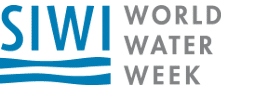 World Water Week in Stockholm is an annual event that focuses on global water issues. One of the key aspects of World Water Week is the coming together of industry experts in an effort to brainstorm and develop solutions to the world’s most pressing water-related issues.
World Water Week in Stockholm is an annual event that focuses on global water issues. One of the key aspects of World Water Week is the coming together of industry experts in an effort to brainstorm and develop solutions to the world’s most pressing water-related issues.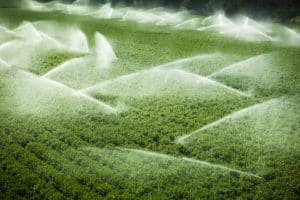 Agriculture is not only critical to nourishing the global population, it is also far and away the most aggressive consumer of water. In fact, 70% of water withdrawals worldwide are for agriculture. Add to this the fact that by 2050 global agriculture will need to produce 60% more food in order to feed the burgeoning population, and it becomes clear that finding ways to farm sustainably is not only prudent, but necessary. The most sustainable form of agriculture comes in the form of rain fed crops. However, only about half of agriculture that has the potential to be rain fed is currently doing so. The rest is relying on irrigation and water withdrawals. Therefore, a key goal for the future is to convert these irrigated crops into ones that are watered naturally, with rainfall.
Agriculture is not only critical to nourishing the global population, it is also far and away the most aggressive consumer of water. In fact, 70% of water withdrawals worldwide are for agriculture. Add to this the fact that by 2050 global agriculture will need to produce 60% more food in order to feed the burgeoning population, and it becomes clear that finding ways to farm sustainably is not only prudent, but necessary. The most sustainable form of agriculture comes in the form of rain fed crops. However, only about half of agriculture that has the potential to be rain fed is currently doing so. The rest is relying on irrigation and water withdrawals. Therefore, a key goal for the future is to convert these irrigated crops into ones that are watered naturally, with rainfall. Domestic usage only accounts for 10% of total water demand, but its impacts are arguably the most important. Lack of improved water and sanitation is one of the largest contributors to poverty, illness, and lack of education worldwide. Even with the incredible strides made in the United Nation’s goal to provide improved water and sanitation to all people, an estimated 748 million people still lack access to an improved source of water and 2.5 billion still lack access to improved sanitation. One of the key goals of water for sustainable growth is finding ways in which to unequivocally ensure safe, clean water and hygienic, private sanitation to all inhabitants on the planet.
Domestic usage only accounts for 10% of total water demand, but its impacts are arguably the most important. Lack of improved water and sanitation is one of the largest contributors to poverty, illness, and lack of education worldwide. Even with the incredible strides made in the United Nation’s goal to provide improved water and sanitation to all people, an estimated 748 million people still lack access to an improved source of water and 2.5 billion still lack access to improved sanitation. One of the key goals of water for sustainable growth is finding ways in which to unequivocally ensure safe, clean water and hygienic, private sanitation to all inhabitants on the planet.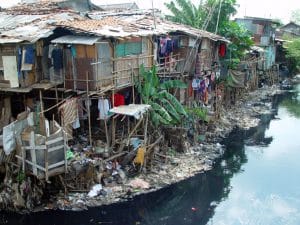 Currently, over half of the global population resides in cities, and that number is expected to increase to over two-thirds of the nine billion global inhabitants by 2050. Most of this increase will happen in developed nations, which will tax infrastructure and likely increase areas of impoverished living conditions. Already in the United States are areas, such as
Currently, over half of the global population resides in cities, and that number is expected to increase to over two-thirds of the nine billion global inhabitants by 2050. Most of this increase will happen in developed nations, which will tax infrastructure and likely increase areas of impoverished living conditions. Already in the United States are areas, such as 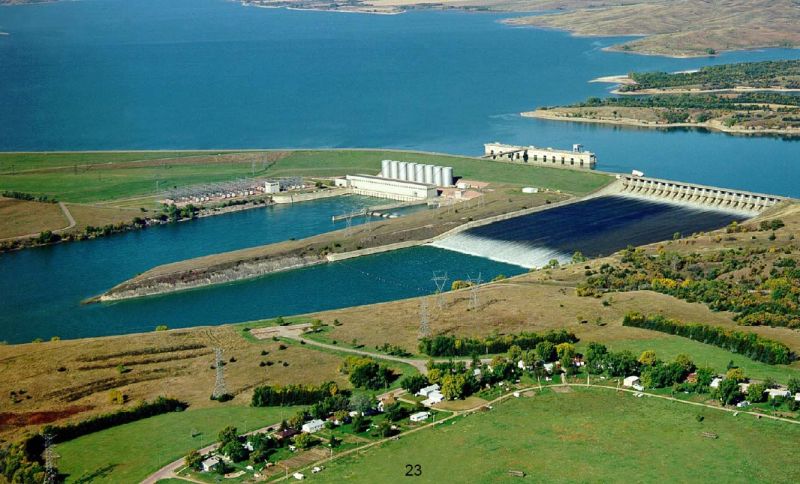
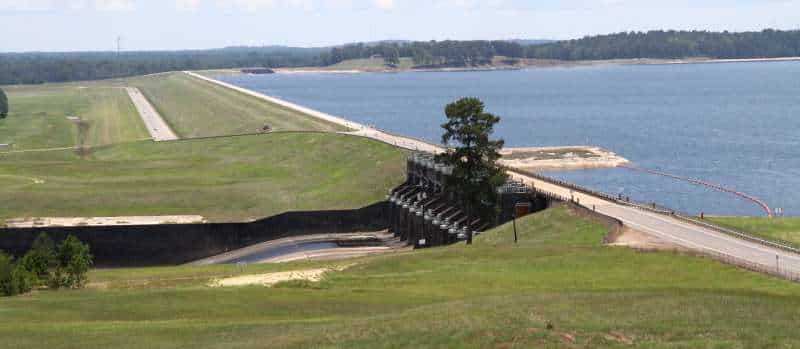
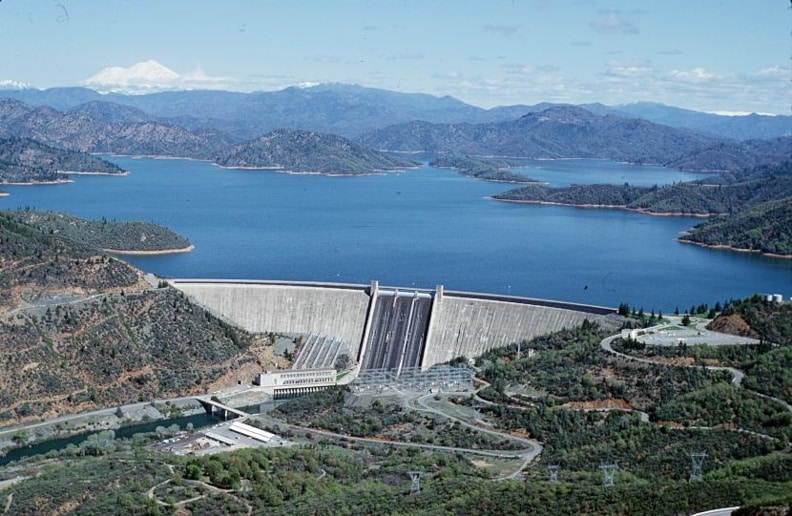
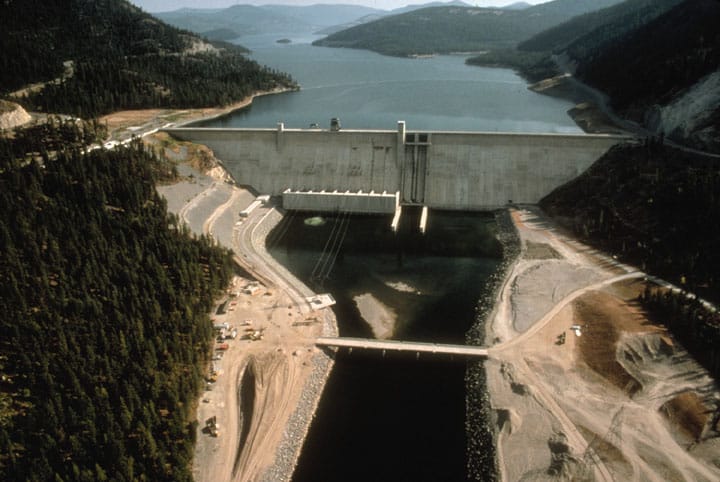
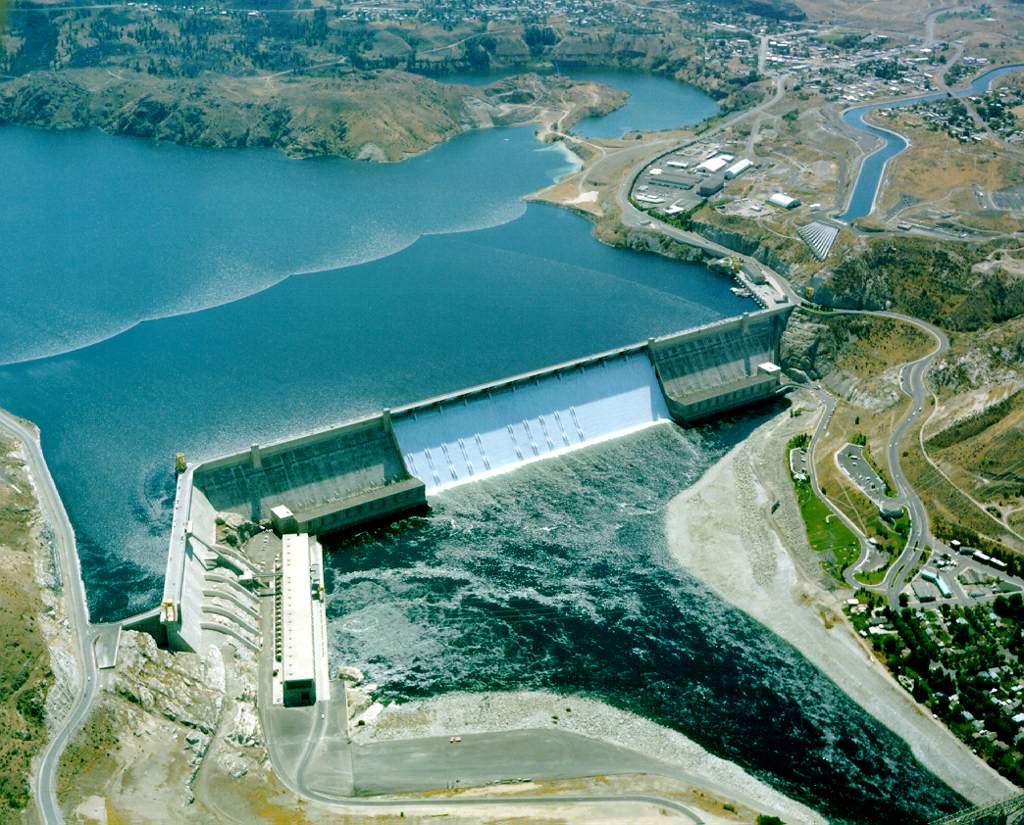
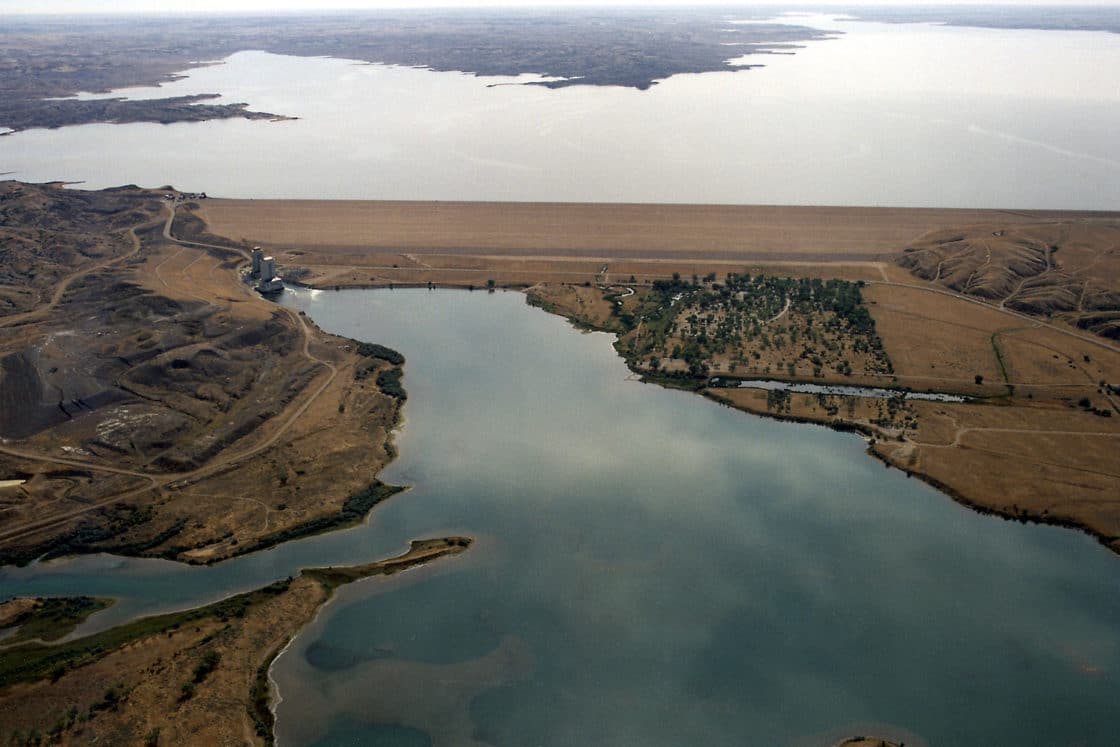
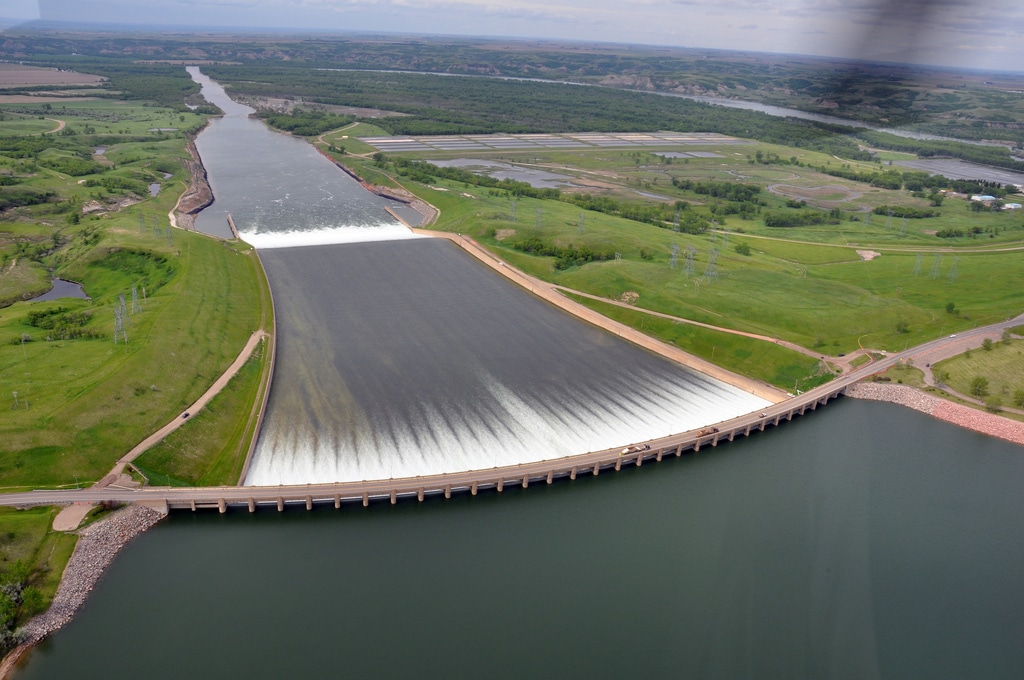
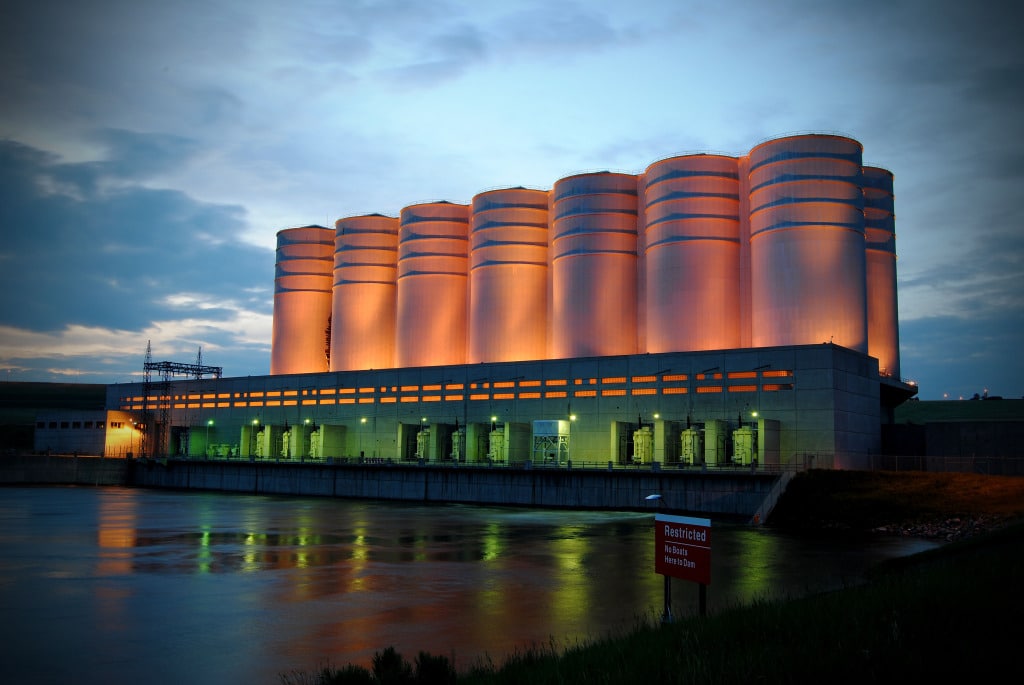
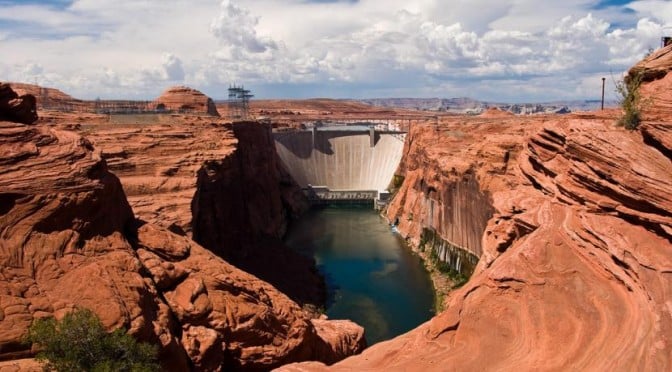
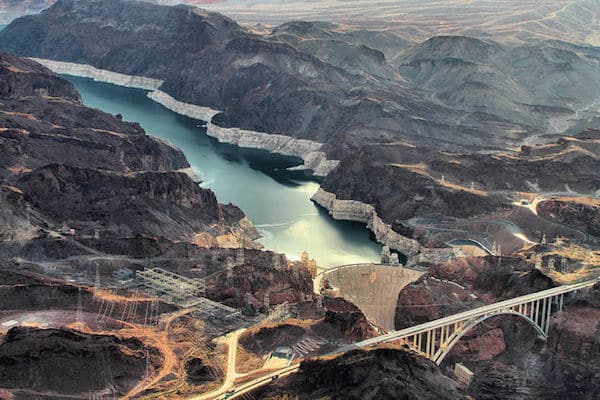
 Water and wastewater utilities across the country face common challenges. These include rising costs, aging infrastructure, increasingly stringent regulatory requirements, population changes, and a rapidly changing workforce. While many utilities find themselves turning from one urgent priority to the next, others have implemented effective operational efficiency initiatives that have helped them enhance the stewardship of their infrastructure, improve performance in many critical areas, and respond to current and future demands. Improved efficiency is not just beneficial to a utility’s bottom line – it benefits everyone in a community.
Water and wastewater utilities across the country face common challenges. These include rising costs, aging infrastructure, increasingly stringent regulatory requirements, population changes, and a rapidly changing workforce. While many utilities find themselves turning from one urgent priority to the next, others have implemented effective operational efficiency initiatives that have helped them enhance the stewardship of their infrastructure, improve performance in many critical areas, and respond to current and future demands. Improved efficiency is not just beneficial to a utility’s bottom line – it benefits everyone in a community. A common problem facing many utilities today is a retiring work force. By implementing operational efficiency now, utilities can recruit and retain a workforce that is competent, adaptive, and correctly trained to take on leadership roles of their own. Through communication and effective training, utility owners and operators can create an organization focused on continual learning and improvement. This ensures employee knowledge is retained and improved upon. Over time, senior knowledge and best practices will be passed along to promote a well-coordinated senior leadership team who understands their system and the needs of its customers.
A common problem facing many utilities today is a retiring work force. By implementing operational efficiency now, utilities can recruit and retain a workforce that is competent, adaptive, and correctly trained to take on leadership roles of their own. Through communication and effective training, utility owners and operators can create an organization focused on continual learning and improvement. This ensures employee knowledge is retained and improved upon. Over time, senior knowledge and best practices will be passed along to promote a well-coordinated senior leadership team who understands their system and the needs of its customers. Some practices that utilities are implementing greatly help to improve resiliency and reduce vulnerability to an ever changing climate. Internal practices and initiatives such as energy conservation, solar energy, and utilizing heat transformed into energy from sewage and digestion have helped utilities rely less on the grid and more on their own operations. This is especially beneficial considering the ever-increasing price of energy. Reducing energy use significantly lowers operational costs for utilities – freeing up dollars for future initiatives or infrastructure improvements. Utilities who practice operational efficiency understand that making internal practices more efficient results in the entire distribution system becoming more efficient.
Some practices that utilities are implementing greatly help to improve resiliency and reduce vulnerability to an ever changing climate. Internal practices and initiatives such as energy conservation, solar energy, and utilizing heat transformed into energy from sewage and digestion have helped utilities rely less on the grid and more on their own operations. This is especially beneficial considering the ever-increasing price of energy. Reducing energy use significantly lowers operational costs for utilities – freeing up dollars for future initiatives or infrastructure improvements. Utilities who practice operational efficiency understand that making internal practices more efficient results in the entire distribution system becoming more efficient.